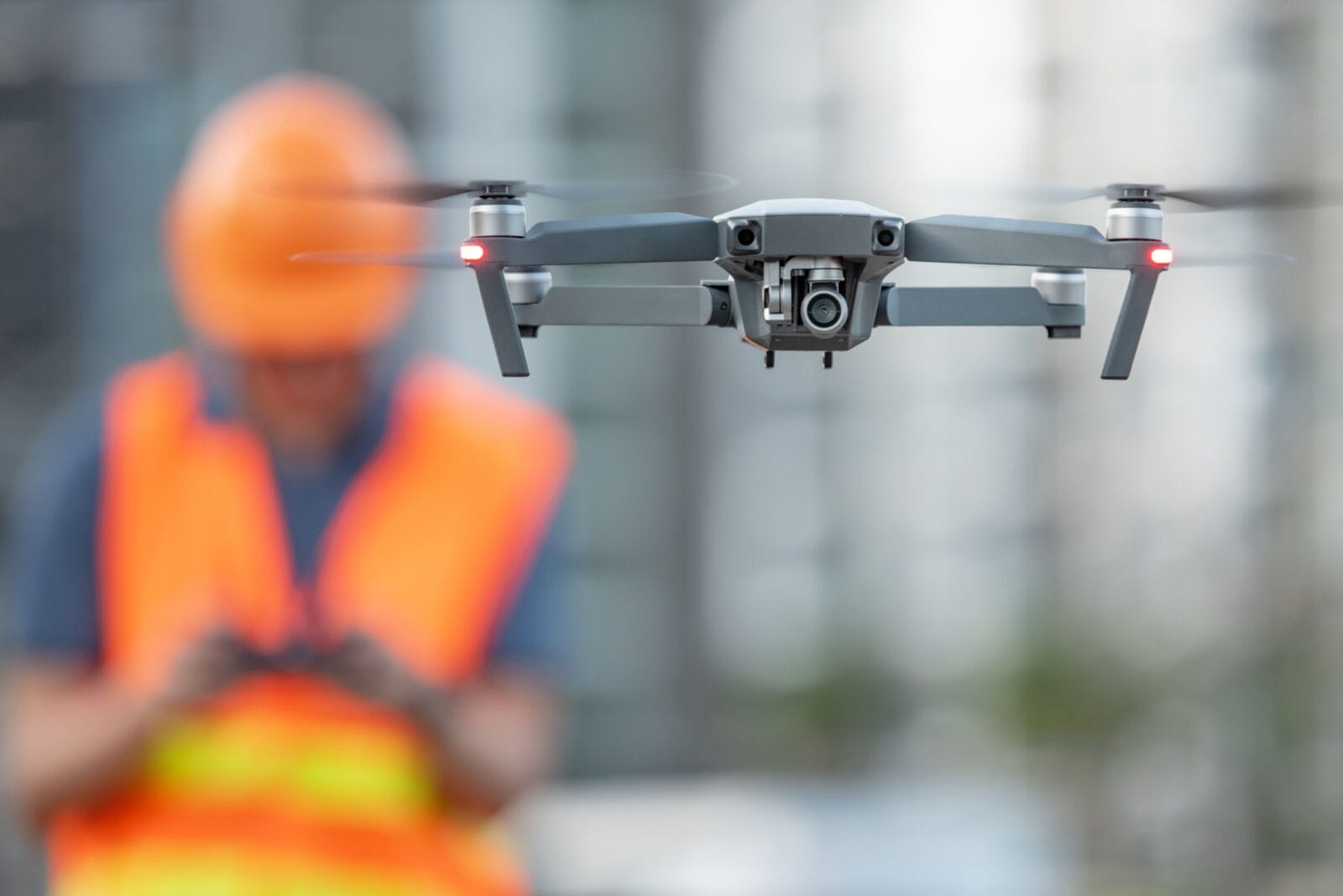Here’s how the construction industry is embracing technology

Technology has changed how businesses operate across every sector and the construction industry is no exception. Today, technology is used throughout the construction process, from preconstruction to ensuring safety at the job site — and increasingly, in the buildings themselves. The ability to capture and leverage data has led to an explosion of insights to draw upon, according to Dustin Schafer, CTO for Henderson Engineers.
“The whole industry is trying to get organized,” he explains. “What we’re trying to do is take data from different platforms and combine it in a way that allows us to study past design, predict future outcomes or even just give context to solutions. In the past, good design was what the designer told you was good design. What we’re doing now is saying, ‘There’s 600,000 possible designs we came up with, we ranked them according to this algorithm, and here’s some data we can provide to help you understand why we think this one is the best.’”
For Carl Hamilton, director of safety for Stevens-Leinweber Construction, utilizing data is an important facet for jobsite safety. He collects data from multiple channels, including superintendents, subcontractors, owners and architects.
“I compile the data into a dynamic spreadsheet and put it into [CMiC, a construction management platform],” he says. “The superintendent can also put data into CMiC that is safety-related and specific to the site, such as a high-risk operation like a crane.”
Having the information regarding what is happening at the jobsite allows Hamilton to calculate risk and identify hazards.
“I can look [at the data] and determine if it’s what I call a sudden hazard that will go away tomorrow or if it’s something that is impending over a longer term. Then I can say what control we need to put in place, here’s what the costs will be to do that and how we train and educate not only our superintendents, but our subcontractors as well,” he says.
Scott Root, executive director of strategy and innovation at Kitchell, adds that technology can aid in jobsite safety in other ways too. He says that a senior superintendent with more than three decades of experience now uses drones to leverage photogrammetry while putting together his safety plan.
“That helps to make sure that at the end of the day, the job can not only be done on time, but completed as safely as possible,” Root continues. “He’s said that he will never do another job without it, which is a good indicator that we’re moving in the right direction [when it comes to adopting technology in the field.]”
Seeing is believing
In early 2024, Apple released the Apple Vision Pro, which has been billed as the next big thing in virtual reality (VR). Other technology companies such as Meta have also announced ambitious plans for VR, but for most people, the products are still something of a novelty. Yet in the construction industry, VR is already being utilized to great effect.
Root notes that Kitchell is experimenting with a new VR software called Resolve that allows multiple users in the virtual space from any location.
“Our MEP expert was in the Tucson office and walked our clients in Phoenix, who were at the jobsite, through the model to review the nurse stations, ADA access and shut off valve options. Our goal is to utilize the technology so we can provide our subject matter expertise (design, quality assurance, constructability, etc.) to our clients/jobs at any time and any location to help facilitate decision making,” he writes in an email.
For Jeff Emmons, CEO of Immedia and founder of Southwest Experience Center, VR has transformed how his business designs projects. If someone wanted his company to design the audio/visual (AV) components of a board room, the old process included getting the AutoCAD drawings from the client’s architect, which his team would use to create the design.
Today, that workflow has been streamlined. Emmons explains that an employee showed him a company that has created a VR database with the parts often used when designing AV systems. Using this technology, a user can drag-and-drop different parts into a virtual copy of the space they are designing for.
“A lot of people don’t realize there is science behind audio and visual,” Emmons explains. “There’s a dispersion pattern on a speaker, so the higher it is, the wider the cone [of sound emitted] is. What we want to do is create an even field of audio when we’re doing the design. In the VR app, you can place the speakers and see where the audio zones are lining up.”
Beyond seeing where the speakers will direct sound towards, Emmons can also introduce other elements into the VR re-creation of a space to see how it affects the acoustics.
“Concrete and glass are very reflective and therefore create pretty gnarly acoustic issues,” he continues. “Thanks to this virtual reality software, I can input that there’s a glass table in the room, glass windows and a concrete floor. Then I can hit a button and show you where the sound is going to reflect the most and where you need to place your acoustic treatments. And if that isn’t cool enough, when I hit print, it will automatically deliver a full set of drawings and documentation on the exact dimensions of every one of these pieces that needs to be installed.”
As technology continues to be integrated into the construction industry, Schafer warns that it is not a panacea for all problems.
“Technology doesn’t equal innovation, and innovation does not equal technology,” he concludes. “It’s important for people to continue to push themselves to learn about technology, but don’t let it just be about the technology. Technology is an enabler of innovation, and it’s important to make that distinction.”
Back to Articles